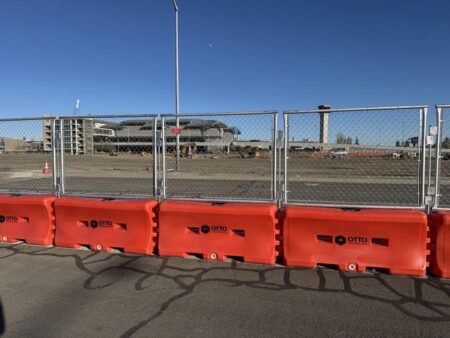JJ Eden, executive director of North Carolina Turnpike Authority, explains why he believes that technology alone cannot significantly improve road safety
This year new laws regarding vehicle safety in advanced driver assistance systems (ADAS) are coming into force. In the EU, new safety regulations require ADAS systems to include technologies like autonomous emergency braking (AEB), lane departure warning (LDW), and driver monitoring systems (DMS) in light vehicles made in 2024 and beyond. While not mandatory in the United States, many automotive manufacturers offer these safety features as a differentiator for their vehicles.
Despite these measures, speed and alcohol-related vehicle accidents and deaths remain far too high. Why is it that additional safety features and technologies are not driving down accidents or deaths and injuries resulting from car crashes?
The answer lies in the missing connection between the driver and the technology. Drivers may see ADAS, for example, as a replacement for safe, alert, conscious, and lawful driving, relying on the vehicle instead of their own responsibility to drive safely.
“Drivers may see ADAS as a replacement for safe, alert, conscious, and lawful driving”
Connected vehicle technologies may offer a solution. These systems connect the vehicle’s technology with the driver and other occupants. While the technology today can correct steering, offer backup assistance, and warn about excessive speed or acceleration, it often lacks the motivation or consequences to change a driver’s behavior or habits.
Some insurance companies offer technologies that monitor hard braking, speed, and acceleration, offering discounts to customers with safe driving habits. However, this approach only reaches conscious drivers who recognize the benefits and sign up. Like the financial technology industry, safety-conscious apps and messages promoting accountability and safe driving could be integrated directly with connected vehicles to personalize messages and offer a connected driver experience. Consumer education goes beyond merely providing information; it involves personalizing information and offering incentives to drive behavior changes.
Connected vehicle technologies combined with ADAS systems working together may hold the key to reducing deaths and serious injuries, even achieving net-zero accidents. But one more thing is essential: good old-fashioned responsibility. Technology is a valuable enabler, but personal responsibility, education, and accountability remain the best tools for building a safer and more resilient society.
This article appears in the March 2024 edition of TTi magazine
You can also read JJ’s previous columns by browsing our magazine archive





